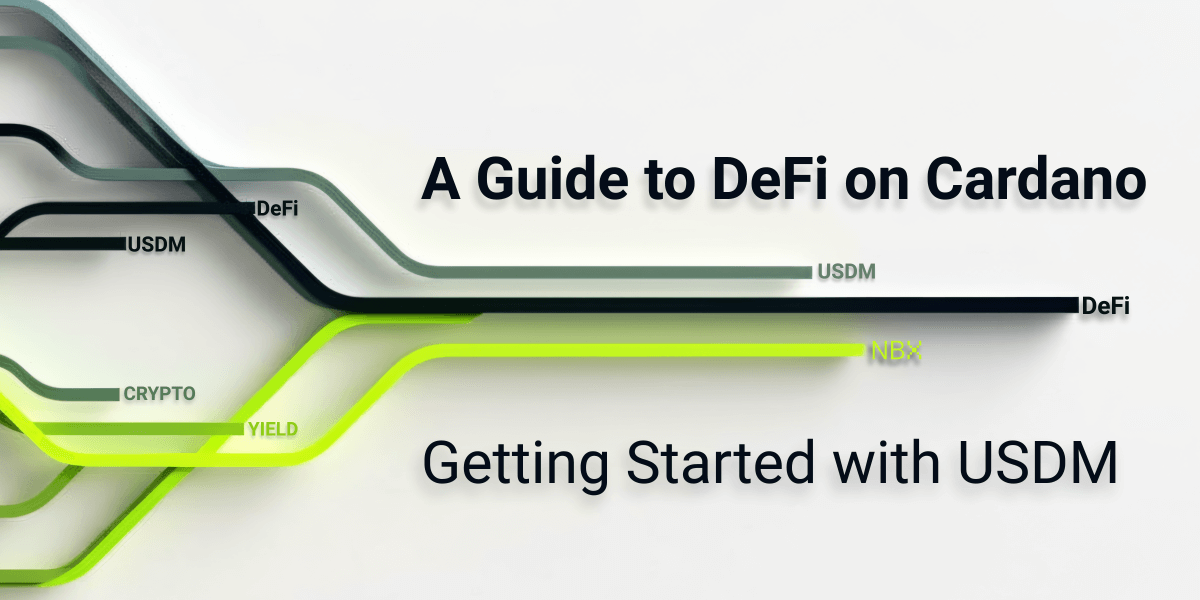Tether (USDT) is a stablecoin that is designed to maintain a stable value of 1 US dollar per USDT token. It was launched in 2014 and is one of the oldest and most widely used stablecoins in the cryptocurrency ecosystem.
Like other stablecoins, Tether is designed to provide the benefits of cryptocurrency, such as fast and low-cost transactions, while also maintaining a stable value that is not subject to the same volatility and fluctuations as other cryptocurrencies like Bitcoin. Tether achieves this stability by being pegged to the U.S. dollar, with each USDT token backed by an equivalent amount of U.S. dollars held in reserve by Tether Limited, the company that issues the stablecoin.
Tether is built on several different blockchains, including Ethereum, Bitcoin, and Tron, and is used by a wide range of cryptocurrency traders and investors. It can be used to trade against other cryptocurrencies on cryptocurrency exchanges, and it is also used by merchants and businesses as a means of payment for goods and services.
While Tether has become a popular and widely used stablecoin, it has also faced criticism and controversy. Some critics have raised concerns about the transparency and reliability of Tether's reserves, and there have been allegations that Tether may not have sufficient reserves to back all of the USDT tokens in circulation. As a result, there have been calls for greater regulatory oversight and transparency around Tether's operations and reserves.
The article does not constitute financial advice.


